An electric vehicle (EV) is a vehicle that is propelled by one or more electric motors. It can be powered by a collector system, extravehicular sources of electricity, or by a battery on its own (sometimes charged by solar panels, or by converting fuel to electricity using fuel cells or a generator).
When talking about EVs, We generally refer to Four main types of electric vehicles

_________________________________________________________________
Battery Electric Vehicle (BEV)
Fully powered by electricity. These are more efficient compared to hybrid and plug-in hybrids. Battery Electric Vehicles (BEVs), also known as EVs, are fully electric vehicles with rechargeable batteries and no gasoline engine. The battery pack, which is recharged from the grid, provides all of the energy for the vehicle. BEVs are zero-emission vehicles because they produce no harmful tailpipe emissions or air pollution hazards that traditional gasoline-powered vehicles do. Some popular EV models are shown here, and the chart above contains a complete list of available fast-charging EV models.
Main Components of BEV:
Electric motor, Inverter, Battery, Control Module, Drive train
Working Principles of BEV:
The power for the electric motor is converted from the DC Battery to AC. A signal is transmitted to the controller as soon as the accelerator is depressed. By altering the frequency of the AC electricity delivered to the motor by the inverter, the controller modifies the speed of the vehicle. The motor then joins and, via a gear, causes the wheels to turn. The motor transforms into an alternator and generates electricity when the brakes are applied or the electric vehicle is slowing down, sending it back to the battery.
Examples of BEV:
Hyundai Kona, MG ZS, TATA Nexon, TATA Tigor, Mahindra E20 plus, Mahindra Verito
_________________________________________________________________
Hybrid Electric Vehicles (HEVs)
HEVs, or hybrid electric vehicles, are powered by both an electric motor and a Petrol engine. Regenerative braking, which recovers energy normally lost during braking to help the Petrol engine during acceleration, provides all of the energy for the battery. This braking energy often escapes from a standard internal combustion engine car as heat in the brake pads and rotors. Regular hybrids cannot use EVs to charge or plug into the grid to recharge.
Hybrid Electric Vehicle (HEV): The vehicle uses both the internal combustion (usual petrol) engine and the battery-powered motor powertrain. The petrol engine is used both to drive and charge when the battery is empty. These vehicles are not as efficient as fully electric or plug-in hybrid vehicles.
Main Components of HEV:
Engine, Electric motor, Battery pack with controller & inverter, Fuel tank, Control module
Working Principles of HEV:
The fuel tank supplies energy to the engine like a regular car. The batteries run on an electric motor. Both the engine and electric motor can turn the transmission at the same time.
Examples of HEV:
Electric motor, Engine, Battery pack with controller & inverter, Fuel tank, Control module
_________________________________________________________________
Plug-in Hybrid Electric Vehicle (PHEV)
Plug-in Hybrid Electric Vehicle (PHEV): Uses both an internal combustion engine and a battery charged from an external socket (they have a plug). This means the vehicle’s battery can be charged with electricity rather than the engine. PHEVs are more efficient than HEVs but less efficient than BEVs. While regular hybrids can (at low speed) travel 2-4 km before the petrol engine turns on, PHEVs can go anywhere from 15-50 km before their petrol engines provide assistance. Once the all-electric range is depleted, PHEVs act as regular hybrids, and can travel several hundred miles on a tank of petrol. All PHEVs can charge at an EV L2 charger, but most PHEVs are not capable of supporting fast charging.
PHEVs can run in at least 2 modes:
- All-electric Mode, in which the motor and battery provide all the car’s energy
- Hybrid Mode, in which both electricity and petrol/diesel are employed
Main Components of PHEV:
Electric motor, Engine, Inverter, Battery, Fuel tank, Control module, Battery Charger
Working Principles of PHEV:
PHEVs operate in an all-electric mode at startup and continue to do so until their battery pack is empty. When the battery runs out, the engine kicks in and the car becomes a regular, non-plug-in hybrid. An external electric power source, an engine, or regenerative braking can all be used to charge PHEVs. The electric motor functions as a generator when the brakes are engaged, utilizing the energy to charge the battery. The electric motor augments the engine's power, allowing for the use of smaller engines without sacrificing performance and raising the vehicle's fuel efficiency.
Examples of PHEV:
Mercedes C350e, Mercedes S550e, Mercedes GLE550e, Mini Cooper SE Countryman, Ford Fusion Energi, Audi A3 E-Tron, BMW i8, BMW X5 xdrive40e, Fiat 500e, Hyundai Sonata, Kia Optima, Volvo XC90 T8. Porsche Cayenne S E-Hybrid, BMW 330e, Porsche Panamera S E-hybrid, Chevy Volt, Chrysler Pacifica, Ford C-Max Energi.
_________________________________________________________________
Fuel Cell Electric Vehicle (FCEV)
A fuel cell electric vehicle (FCEV) is an electric vehicle that powers its onboard electric motor using a fuel cell, occasionally in conjunction with a small battery or supercapacitor. In order to generate electricity, fuel cells in cars typically use compressed hydrogen and oxygen from the air. The majority of fuel cell vehicles are categorized as zero-emission vehicles because they only produce heat and water. In comparison to internal combustion vehicles, hydrogen-powered vehicles concentrate pollution at the location of hydrogen production, where hydrogen is normally made from natural gas that has undergone a reformation. Pollutants may also be produced during the storage and transportation of hydrogen.
FCEVs are also known as Zero-Emission Vehicles. They employ ‘fuel cell technology to generate the electricity required to run the vehicle. The chemical energy of the fuel is converted directly into electric energy. To find out more about FCEVs, click below.
Main Components of FCEV:
Electric motor, Fuel-cell stack, Hydrogen storage tank, battery with converter and controller
Working Principles of FCEV:
The FCEV generates the electricity required to run this vehicle on the vehicle itself.
Examples of FCEV:
Hyundai Tucson FCEV, Toyota Mirai, Riversimple Rasa, Honda Clarity Fuel Cell, Hyundai Nexo.
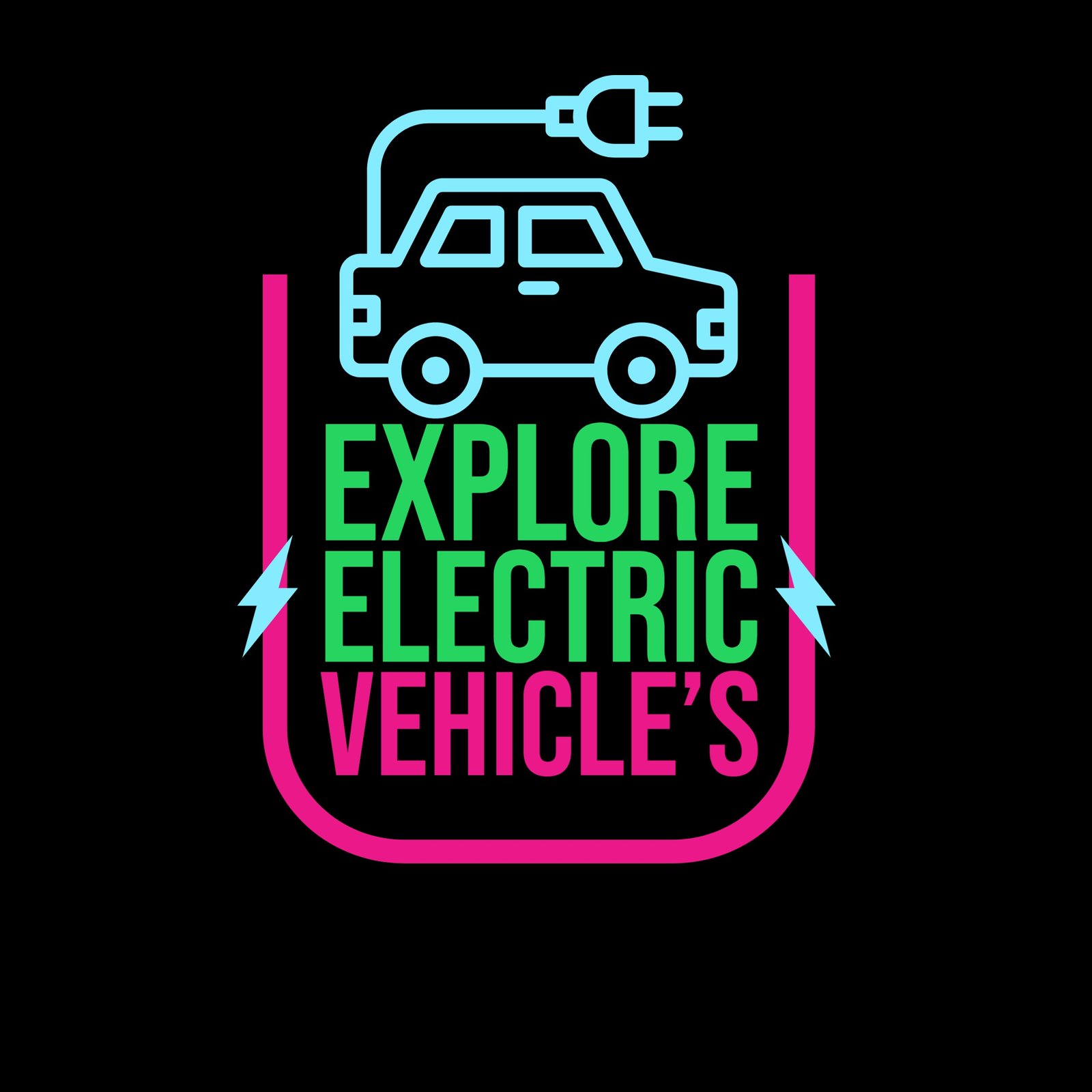
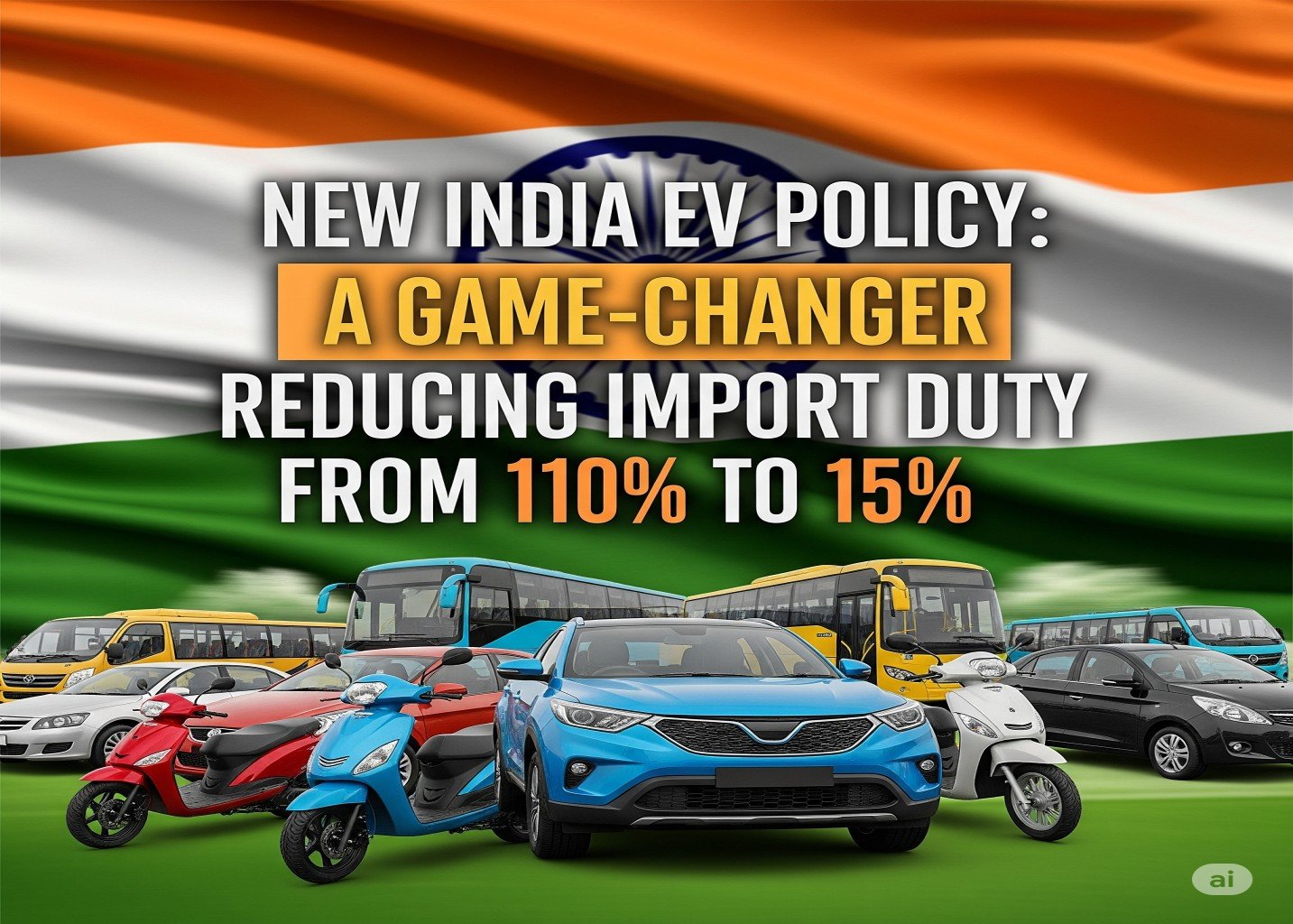
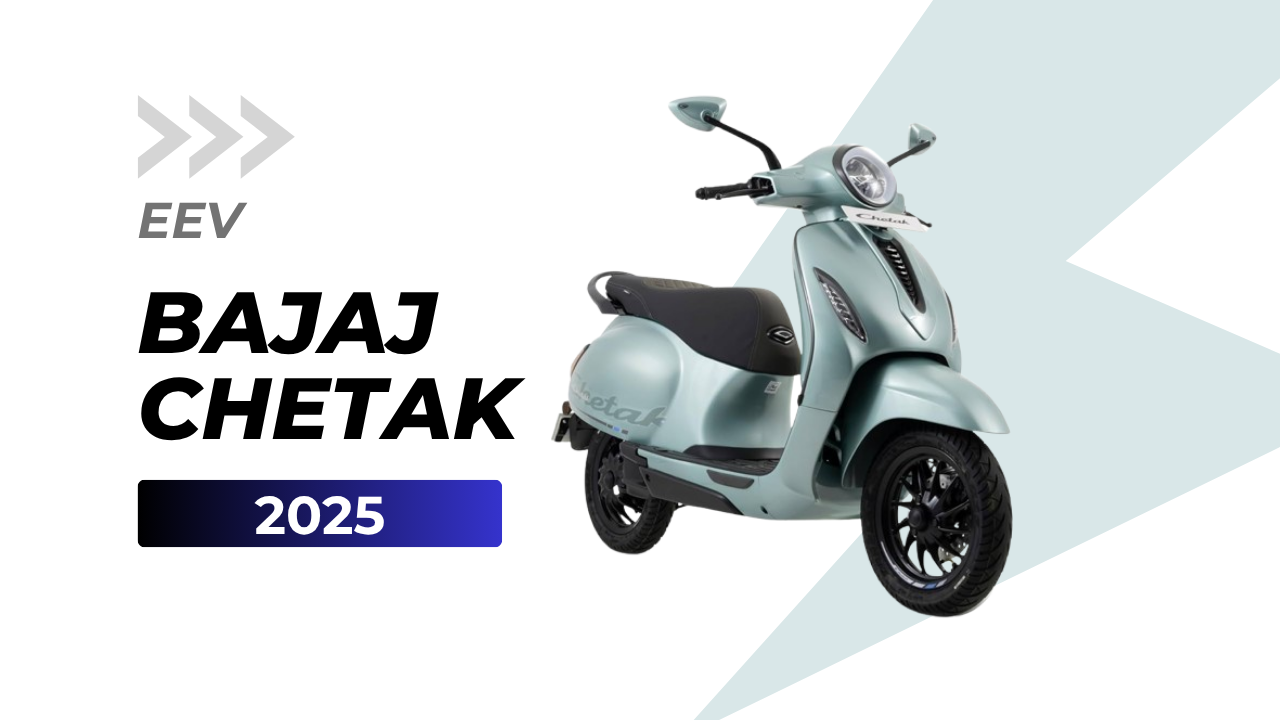



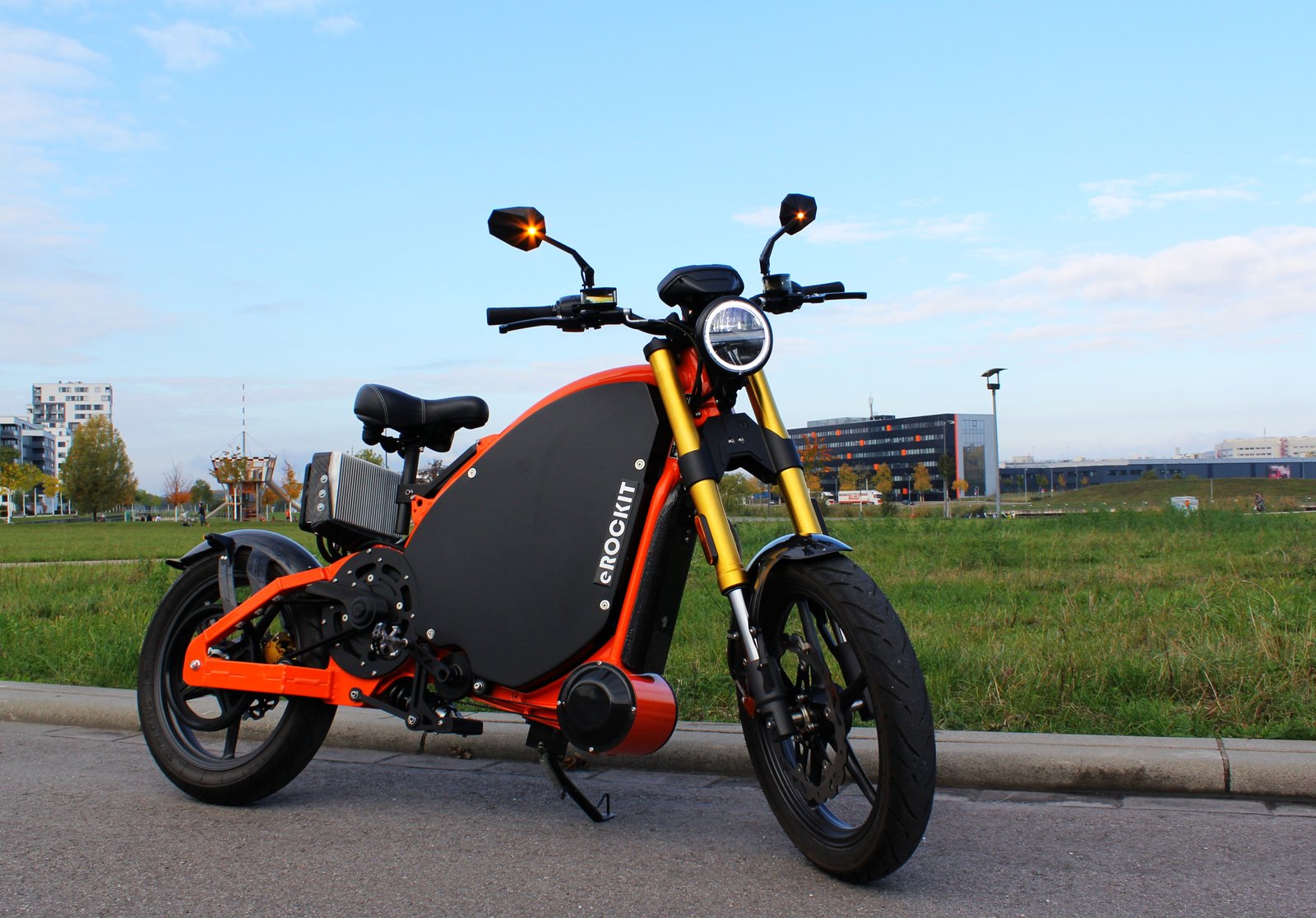

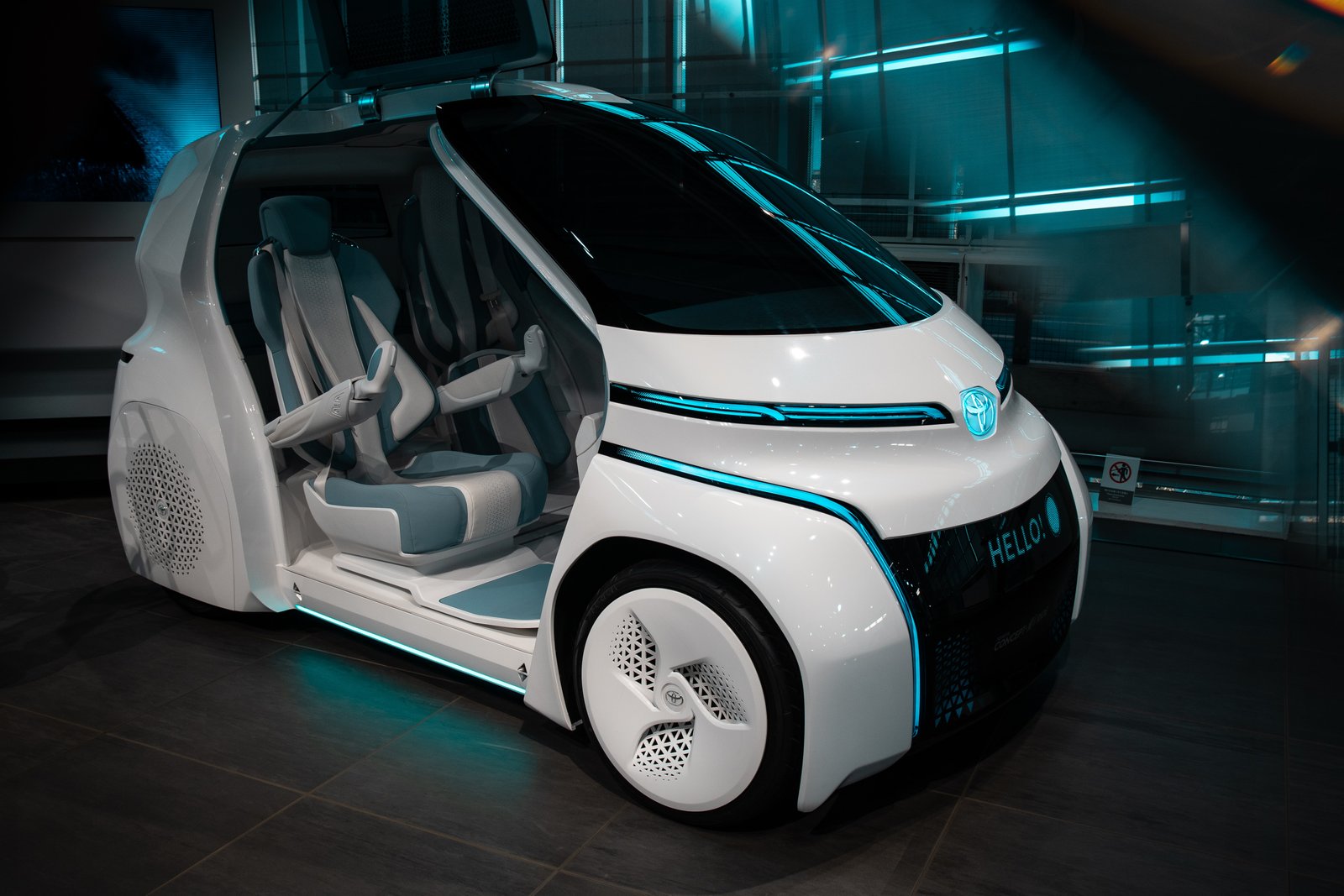
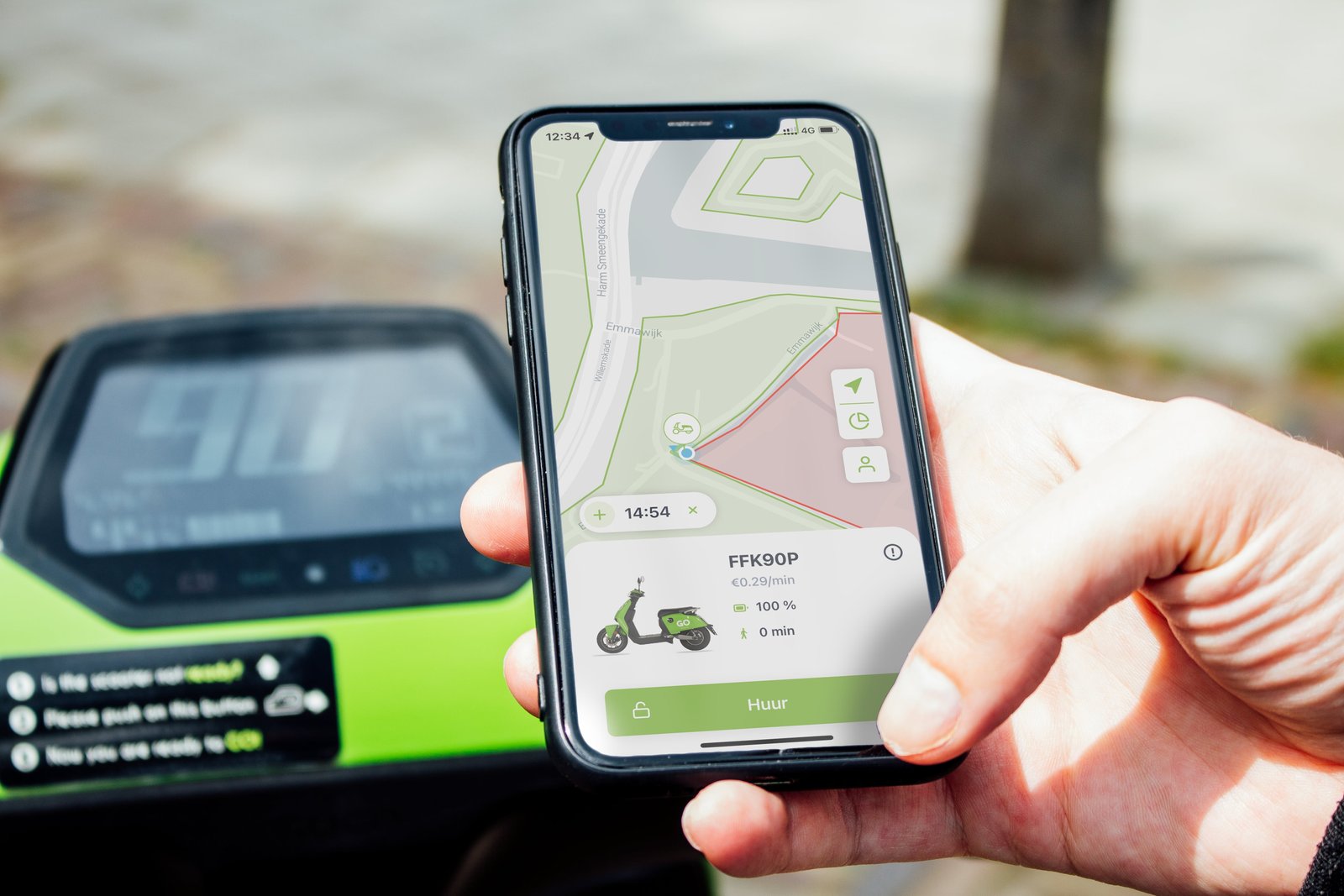


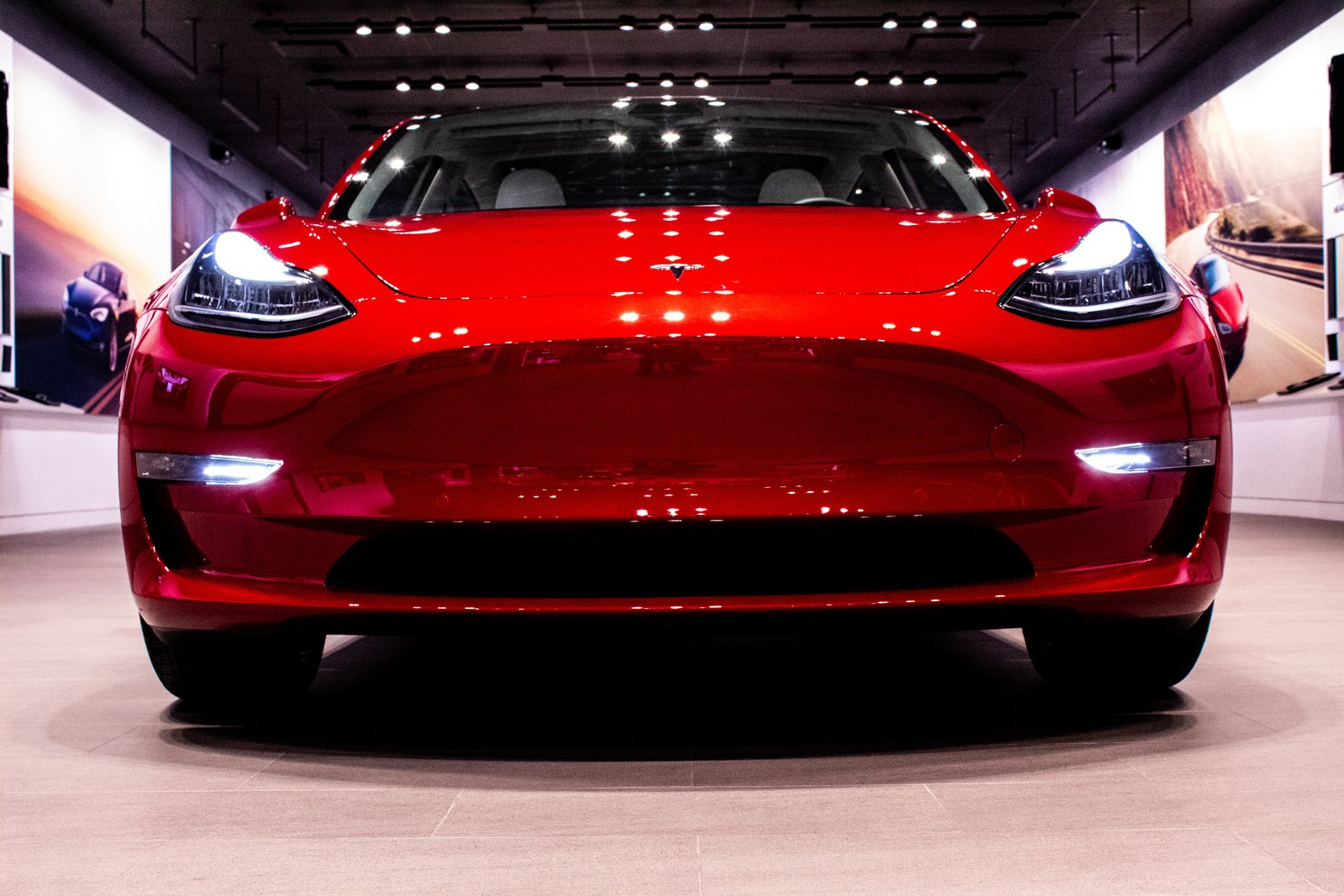
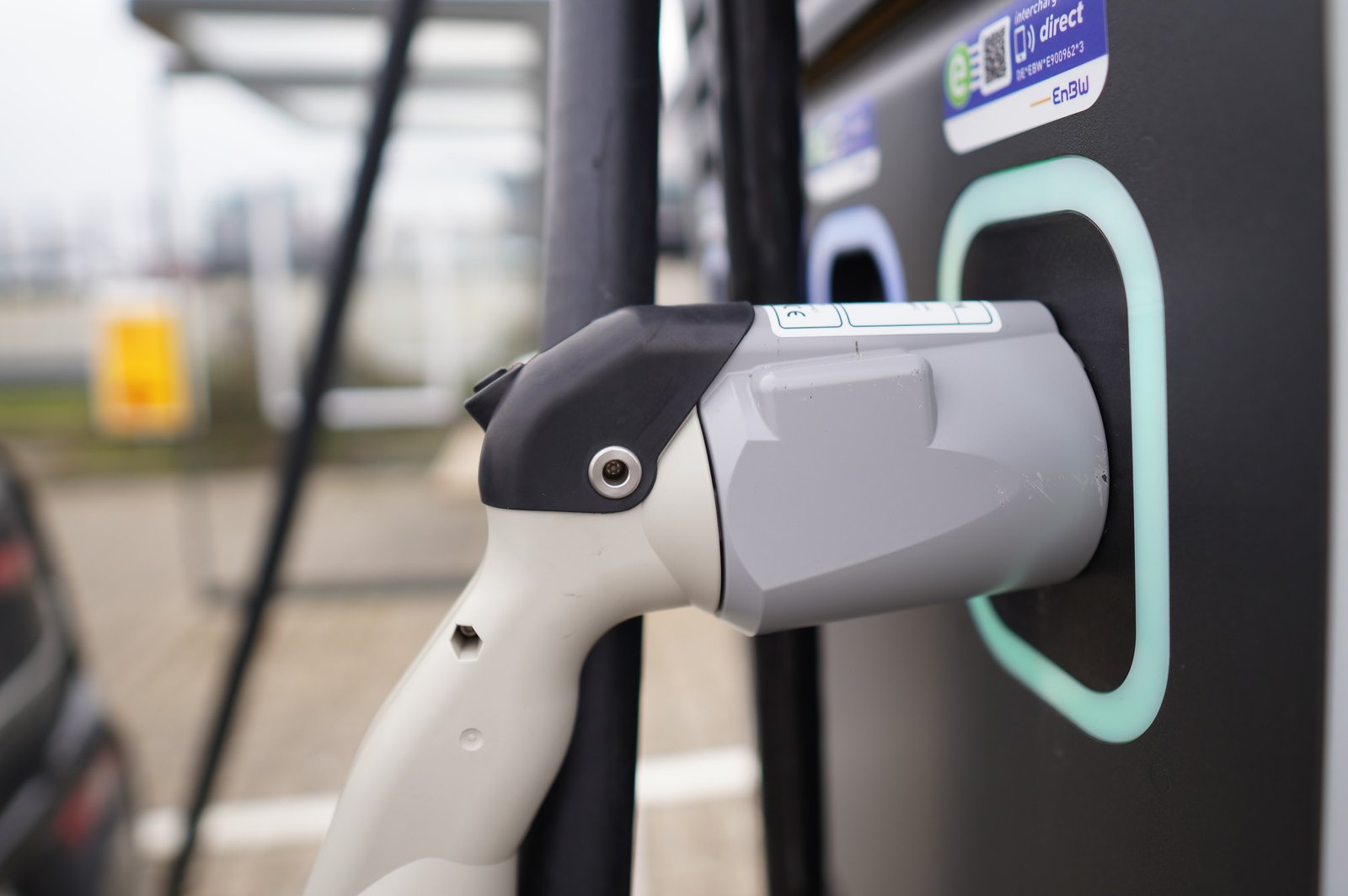


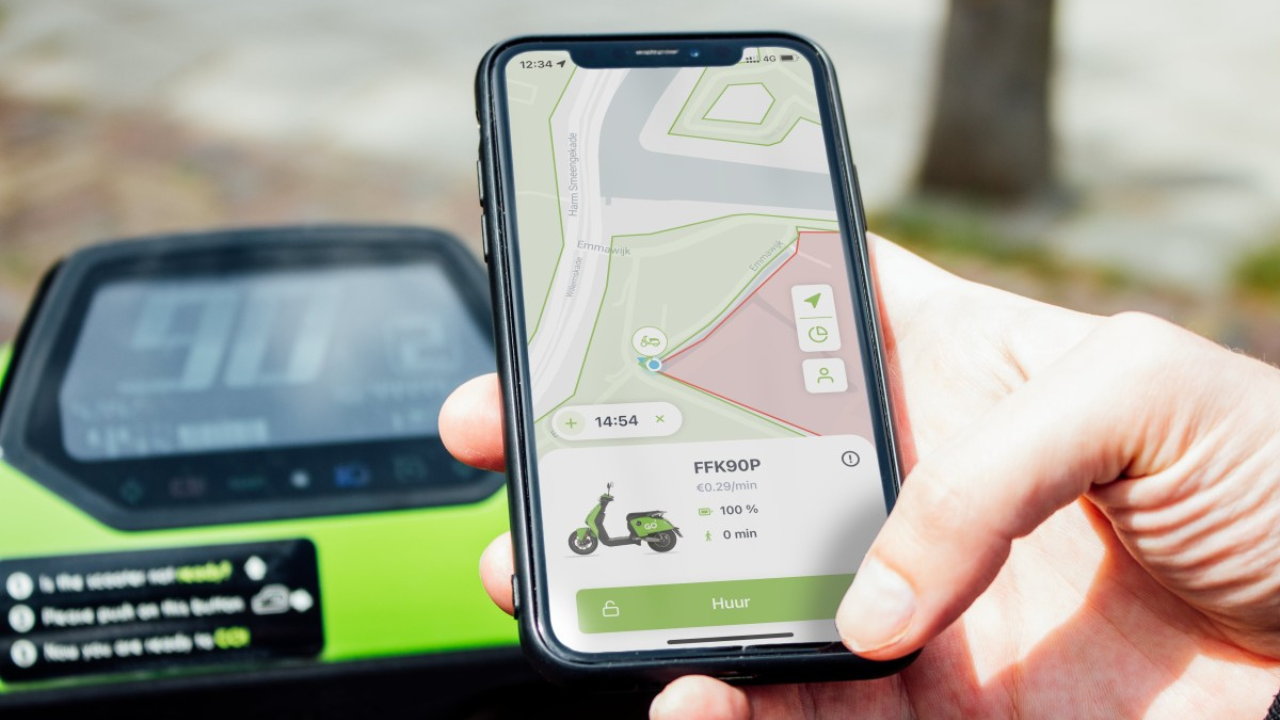
Leave a Comment